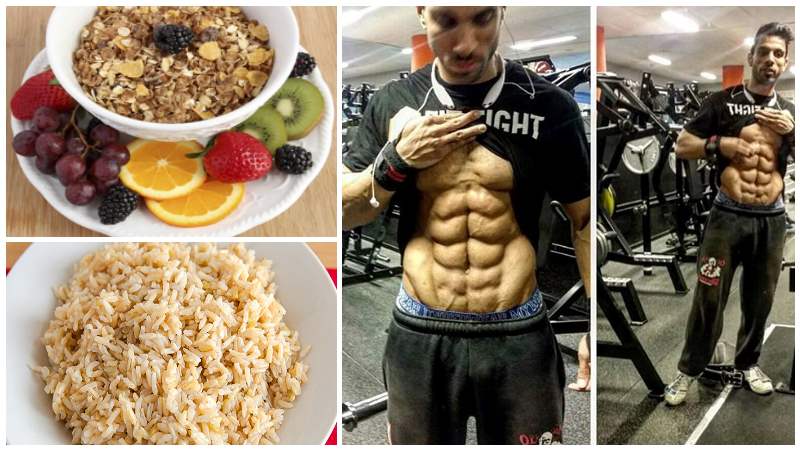It’s so easy to get lost in the realm of dieting. If you start searching for the perfect diet to suit your goals you’ll encounter too many contrading advices and personal stories in what seems to be a pile of online garbage. Should you eat carbs or avoid them completely? You want to burn fat but without risking muscle loss at the same time – is that even possible?
Questions like these are the topic of never-ending discussions. Sure, low carb diets help you lose weight at first, but they also slow down your metabolism, which has negative consequences on your daily potential for caloric expenditure. Then again, when you eat a lot of carbs, you’ll be able to gain mass but you can also experience an increase in stored body fat.
So if you want to keep the amount of body fat low and build muscle at the same time, which way should you go? It seems like the carbs are the worst problem for all fitness-oriented people since the beginning of time.
But there could be a possible solution, and it’s called carb cycling. Yeah, we know you’re tired of reading about miraculous diets, but you know what – we feel exactly the same, so we’re not going to try to sell you any bullshit.
Who knows, this might be great for you or it might be the worst thing you’ve ever tried. But if you’ve already tried everything and still haven’t found your cup of tea, you might as well give this a shot too.
Ok, so what exactly is carb cycling?
As we’ve learned, it means rotating days of eating high-carb foods with days of eating high-protein foods with days of eating high-fat foods. According to Shelby Starnes, a competitive bodybuilder and carb cycling expert, you can significantly boost your metabolism by eating complex carbs on certain days of the week and opting for proteins and fibers on the days in between.
This way you will keep your insulin levels under control and burn fat more efficiently while not sacrificing muscle mass. Sounds like a rather happy marriage between a few of the most popular diets around, right? You get to eat every kind of food, including your all-time favorite meals (or a bit healthier variants), as long as you do it on the scheduled days.
That being said, if you want optimal results you should try to eat as much complex carbs as possible and limit the simple sugars in your diet. Whole grains, starchy vegetables, beans and peas should replace snacks, sugar-loaded desserts and soft drinks.
If you have a hard time giving up your sugary treats, eat them directly after a workout – that’s the time when your body can make the best use of them. Avoid cheat meals as hard as you can, but if you must have them, plan them in advance and make sure you don’t overeat.
And for the protein/fat days, you know the drill. Lean meats, whole eggs, casein and whey protein, low-fat diary and oily fish, all of them in combination with fresh veggies.
For example, if you’re a bodybuilder, you would consume 150-200 grams of carbs (of course according to your weight) daily for five days per week, and have 300-500 grams of carbs on the remaining two days. That means you’ll have five low-carb, high-protein days and two high-carb, low-protein days. The crucial thing here is to keep your carb consumption as low as possible on high-protein days and keep your protein and fat consumption pretty low on high-carb days.
But keep in mind that the numbers above are not written in stone, they can be adjusted according to your size, needs and goals. Make sure you buy high quality products and minimize the consumption of overly processed foods containing empty calories. Don’t forget that not all calories are created equal, and you want to eat the best nature can offer.
